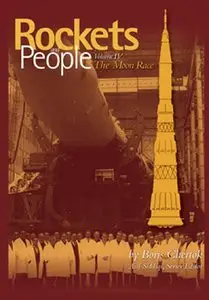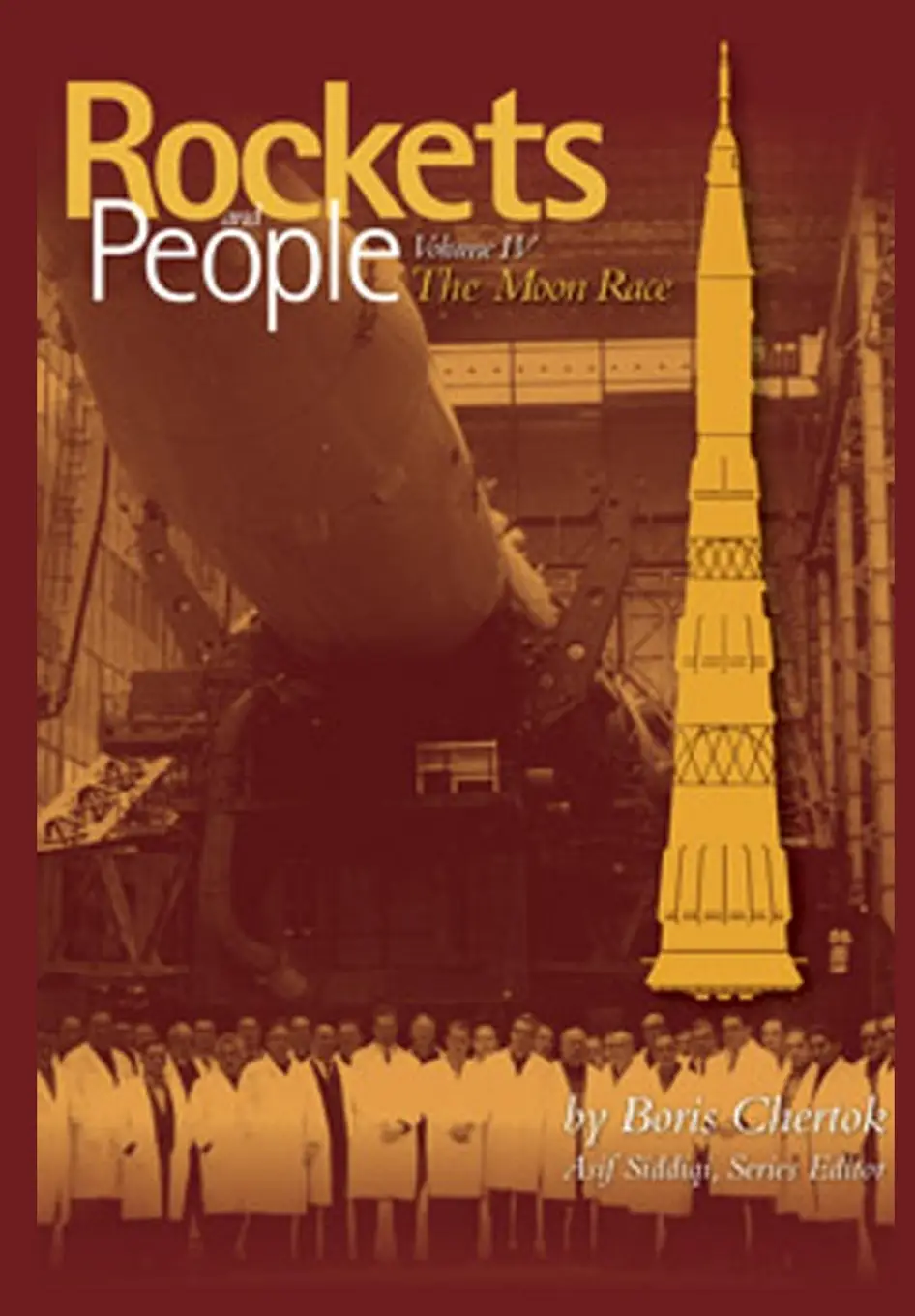Rockets and People, Volume 4: The Moon Race by Boris Chertok
English | Feb 9, 2012 | ISBN: 0160895596, 1475143753 | 708 Pages | PDF | 6.2 MB
English | Feb 9, 2012 | ISBN: 0160895596, 1475143753 | 708 Pages | PDF | 6.2 MB
Boris Chertok's four-volume memoir "Rockets and People" is a remarkable accomplishment from an engineer who participated in the Soviet Union's space program from just after World War II until well into the era of the "Salyut" space stations. I purchased Volume IV, "The Moon Race," first, since I'm especially interested in the history and technology of the enormous N-1 launch vehicle, the Soviet answer to America's Saturn V. I had not originally planned to buy the other three volumes in the series, mainly because I already own most of the other books ever published about the Soviet space program and I didn't think the other volumes would add much new information. However, "The Moon Race" is so good, so detailed and so comprehensive that I have now added the other volumes to my library.
I wanted details about the N-1, and "The Moon Race" really delivers! Explanations of the failures of the four launch attempts of the giant booster cover many pages each, with descriptions of the sequences of events literally to thousandths of a second in some cases. As a "rocket" guy rather than a "people" guy, I originally thought the parts of Mr. Chertok's memoir dealing with the personalities and management of the Soviet space program rather than the hardware would be boring, but not so. Even his descriptions of such things as State Commission meetings and high-level bureaucratic maneuvers among Chief Designers have a sheer, page-turning immediacy that makes "The Moon Race" a joy to read. Numerous footnotes by series editor Asif Siddiqi clarify obscure Soviet technical terms, organizations and participants, and put the events Mr. Chertok describes into the proper historical perspective. As with any "oral history," of course, readers should seek verification of some of Mr. Chertok's memories, especially concerning the actions and motivations of post-Korolev OKB-1 Chief Designer Vasiliy Mishin, who comes across as pretty much a one-dimensional stuffed shirt. That doesn't detract from the significance and value of this fascinating memoir, however.
Every spaceflight enthusiast should have all four of these outstanding volumes in his or her library. In my opinion, there are no better books available if you're interested in the history of the Soviet space program.



